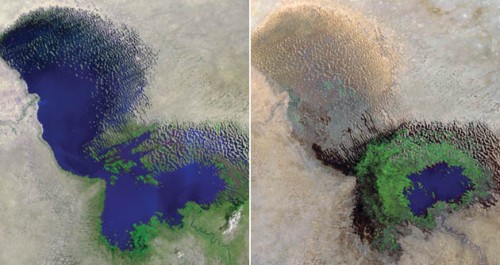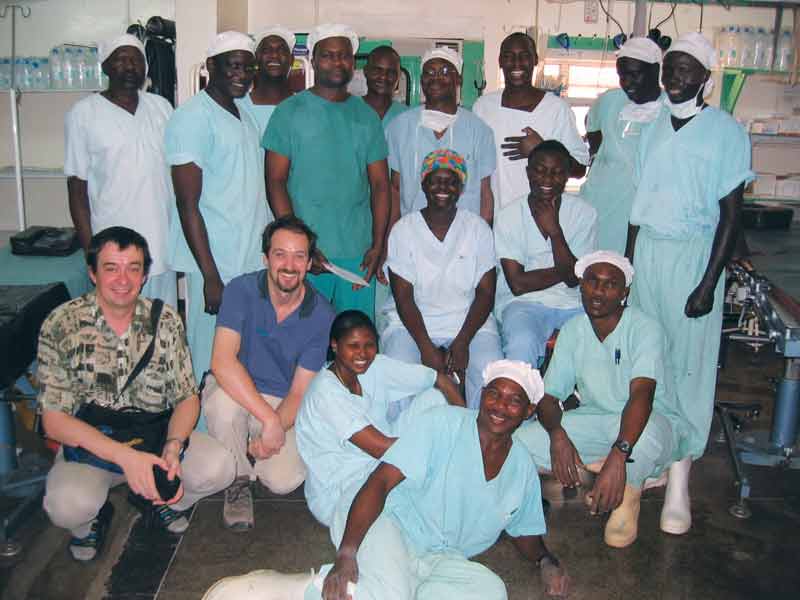According to the WHO (World Health Organization), “Health is a state of complete physical, mental, and social well-being and not merely the absence of disease or infirmity”.
In Global Health terms, health has a lot to do with conflict. Today, 90% of deaths in wars are civilians. Conflict used to be confined to inter-state wars (consider the world wars), but increasingly regular are intra-state conflicts (feuds within political boundaries).
The United Nations (UN) has always had the mandate to take care of Refugees (those who leave their country’s borders). However, just recently has the UN finally been mandated to take care of Internally Displaced peoples (those who don’t leave their country’s borders). This means that the numbers have increase substantially, considering that Refugees number somewhere around 9 million, while Internally Displaced peoples amount to over 22 million.
Also important to consider are the causes of conflicts. Sources of conflict include race, religion and natural disasters. Consider these images of Lake Chad which indicate the physical source of strife that has escalated to the Darfur conflict.

(Image found at A Town Square)
The impact that a source (such as drought) can have is a direct result of susceptibility. Impact includes things like:
- Increase in morbidity and mortality
- Forced migration
- Disease
- Increasing competition for resources
Number Four is best exemplified by this image:

(Image found at Wiley GeoDiscoveries)
This is the border between Haiti and the Dominican Republic – the raging deforestation in Haiti is extremely evident.
The first section was presented by Dr. Kirsten Johnson, MPH.
_________________________________________________________

(Image from Outpost)
Dr. Tarek Razek is a medical doctor as well as the Director of the McGill Trauma Program. In his spare time, Dr. Razek is a trauma physician with the International Committee of the Red Cross (ICRC) and educator with the Canadian Network for International Surgery (CNIS).
Dr. Razek notes that Canada is odd. That we really are rare in terms of our consideration of multiculturalism as normal. This facet of our society leads to Canadians being excellent members of Emergency Response Units (ERUs). This was imperative in the past when Canadians were deployed as part of ERUs of other countries. Just recently Canada has acquired its own Emergency Response Unit (including kits, pharmaceuticals, tents, teams, etc.) which has just been sent to Haiti to help fight an outbreak of cholera.
Safety is a continued issue for Dr. Razek, who has a family. The threat of death, injury and kidnapping is real. The position of trauma surgeon in a conflict area is not entered lightly. But Dr. Razek acknowledges that his work is necessary and rewarding.
Dr. Razek tells the story of his experience doing surgeries 10 hours a day for 7 days a week. Each of his surgeries required the permission of the patient (or guardian). As such, there needed to be translators present. Because the Red Cross camp was located in an area that was surrounded by multiple tribes it seemed like it would be a challenge to decipher which translator was needed. However, tribal customs differed in an interesting way in that area, so translators were able to lift the shirts of the patients and use the tribal markings on their chests to determine the correct dialect.
Trauma is an unrecognized epidemic. It is the leading cause of death, and in 2020 will become the number one cause of years of life loss. Dr. Razek has many stories and pictures to share detailing bullet wounds, bullet wounds, bullet wounds, and landmine injuries.
He shares this story. In some areas where landmines are prevalent, parents make the youngest child walk in front of the family. If that child is too light to set off the landmines then the child will be weighted down. Dr. Razek goes on to explain that the father and the mother are necessary entities in the family, without which the family would cease to operate. The older children are also necessary members because their labour abilities help bring in revenue for the entire family. The youngest child is dispensable – not yet offering tangible benefits to the family unit except for through its dispensability.
Dr. Razek’s presentation was one that offered insight into global emergency care. And more importantly he offered palpable stories and feelings to a room full of medical personnel who are also interested in working in a global context.
Next Week: Access to Essential Medicines